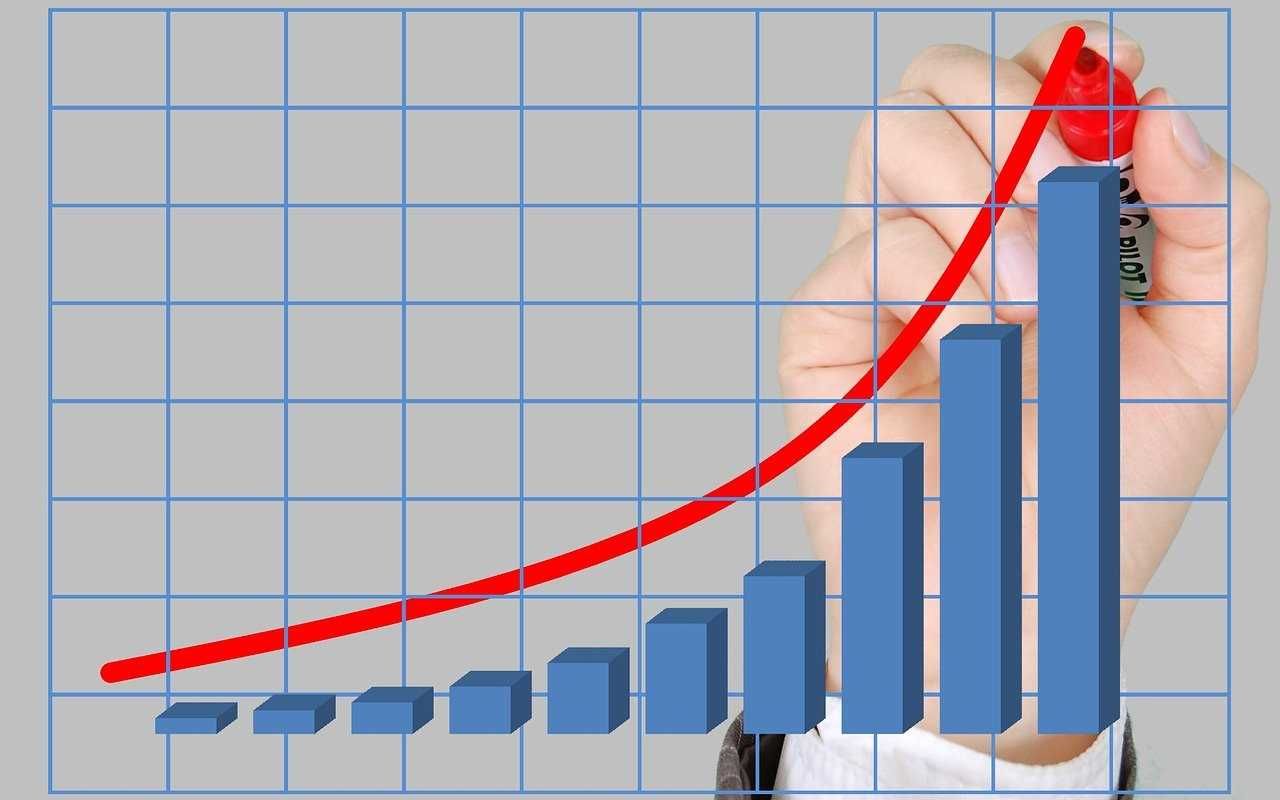A Closer Look at Mexico's Employment Growth Trends
Mexico's employment landscape blooms as IMCO's analysis reveals a 1.9% annual job growth, driven by women, with a surge in formal employment and labor income. Addressing income disparity remains pivotal for a more inclusive economy.

The Mexican Institute for Competitiveness (IMCO) has released its comprehensive analysis of the employment landscape in the first half of 2023, shedding light on the evolving job market and income trends. The study, based on the latest data from the National Occupation and Employment Survey (ENOE-N) by the National Institute of Statistics and Geography (INEGI), offers valuable insights into the dynamics of the Mexican economy.
Steady Growth in Employment
In a period marked by economic transformation and social change, the first half of 2023 saw a notable uptick in the number of employed individuals. According to IMCO's analysis, the employed population expanded by an impressive 172,637 workers compared to the end of 2022. This surge propelled the total employed population to reach 58.5 million in the second quarter of 2023.
This positive trend was even more striking in the year-on-year comparison with the second quarter of 2022, where employment swelled by a robust 1,101,313 jobs, translating to a growth rate of 1.9%. Formal employment was a prime driver of this expansion, surging by 3.2% annually and contributing a significant 817,211 individuals to the workforce compared to the same period in 2022. Informal employment also registered growth, albeit at a slightly lower rate of 0.9%, generating over 284 thousand jobs in the past year.
Women at the Helm of Job Growth
Empowering women in the workforce emerged as a defining narrative. Women remarkably accounted for 83% of the jobs created in the past year, demonstrating their rising prominence. A staggering 913,510 women joined the workforce annually, with male employment increasing by 187,803 jobs during the same period.
Diverse sectors were pivotal in propelling women's employment. The manufacturing industry, miscellaneous services encompassing leisure and culture, and the commerce sector were the vanguards, contributing a combined 70% of new job opportunities for women over the year.
Segmented Employment Trends
Analyzing the first half of 2023, IMCO's report delineated two distinct employment dynamics. Informal employment was the front-runner, adding 136,056 individuals to the workforce between January and July, reflecting a 0.4% upswing. Contrarily, formal employment exhibited a more modest increase of 36,581 individuals, or 0.1%, during the same period.
Furthermore, the report unveiled a noteworthy gender-centric dimension in the first six months of the year. Female employment outpaced male employment by 0.6%, demonstrating a remarkable 10-to-1 ratio in favor of women, who played a pivotal role in job creation. However, men still contributed 21,450 new jobs to the economy during this period.
Ascension of Labor Income
Beyond the employment figures, labor income displayed remarkable resilience and growth. The average monthly income per worker during the second quarter of 2023 stood at 9,475 pesos, marking an impressive 6% increase in real terms compared to the fourth quarter of 2022.
While acknowledging the challenges in accurately measuring income, the ENOE data offers a nuanced understanding of income disparities across different groups and timeframes.
Inclusivity in Income Growth
The report emphasized the consistent upward trajectory of labor income over the last several years. The National Household Income and Expenditure Survey (ENIGH) echoed this sentiment by revealing a 2.1% increase in real terms in income from employment between 2018 and 2022.
Segmenting income growth by gender and sector over the last five years unveiled distinct patterns. Men experienced a real income increase of 9.9%, while women's income grew by 8.7%. Currently, men earn approximately ten thousand pesos per month, while women earn around eight thousand four hundred forty pesos.
Disparities in income were also evident between the formal and informal sectors. Informal workers garnered an average monthly income of 7,448 pesos, reflecting a notable 10% growth compared to 2018. In contrast, formal workers enjoyed higher earnings, with an average of 11,478 pesos per month, exhibiting a 7.2% increase over the same period.
Pockets of Progress and Challenges
The analysis uncovered an intriguing trend where occupations with lower remuneration experienced the highest growth rates, particularly in sectors like agriculture and personal services. However, on a national scale, income growth outperformed inflation, underscoring a 9.1% real increase between the second quarter of 2018 and 2023.
Despite the encouraging income growth, the distribution of workers across income levels remained relatively unchanged. Nearly 70% of the employed population earned two minimum wages per month or less, highlighting the need for more equitable income distribution.

A Path Forward
While celebrating the progress in labor income, IMCO's analysis also highlighted persistent challenges. Income growth has not been uniform across all segments of the population and sectors. Lower-income workers still constitute the majority, reflecting the need for concerted efforts to enhance income levels more comprehensively.
Addressing this challenge necessitates a multifaceted approach, extending beyond minimum wage policies. A holistic strategy must encompass boosting productivity, stimulating economic growth, and tackling the issue of informality in both business operations and employment.
In conclusion, IMCO's analysis provides a comprehensive perspective on Mexico's evolving employment landscape. The data showcases significant growth in employment, particularly among women, and a noteworthy uptick in labor income. However, the report also calls for sustained efforts to ensure more equitable income distribution and inclusive growth for all sectors of society.




